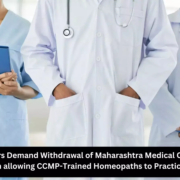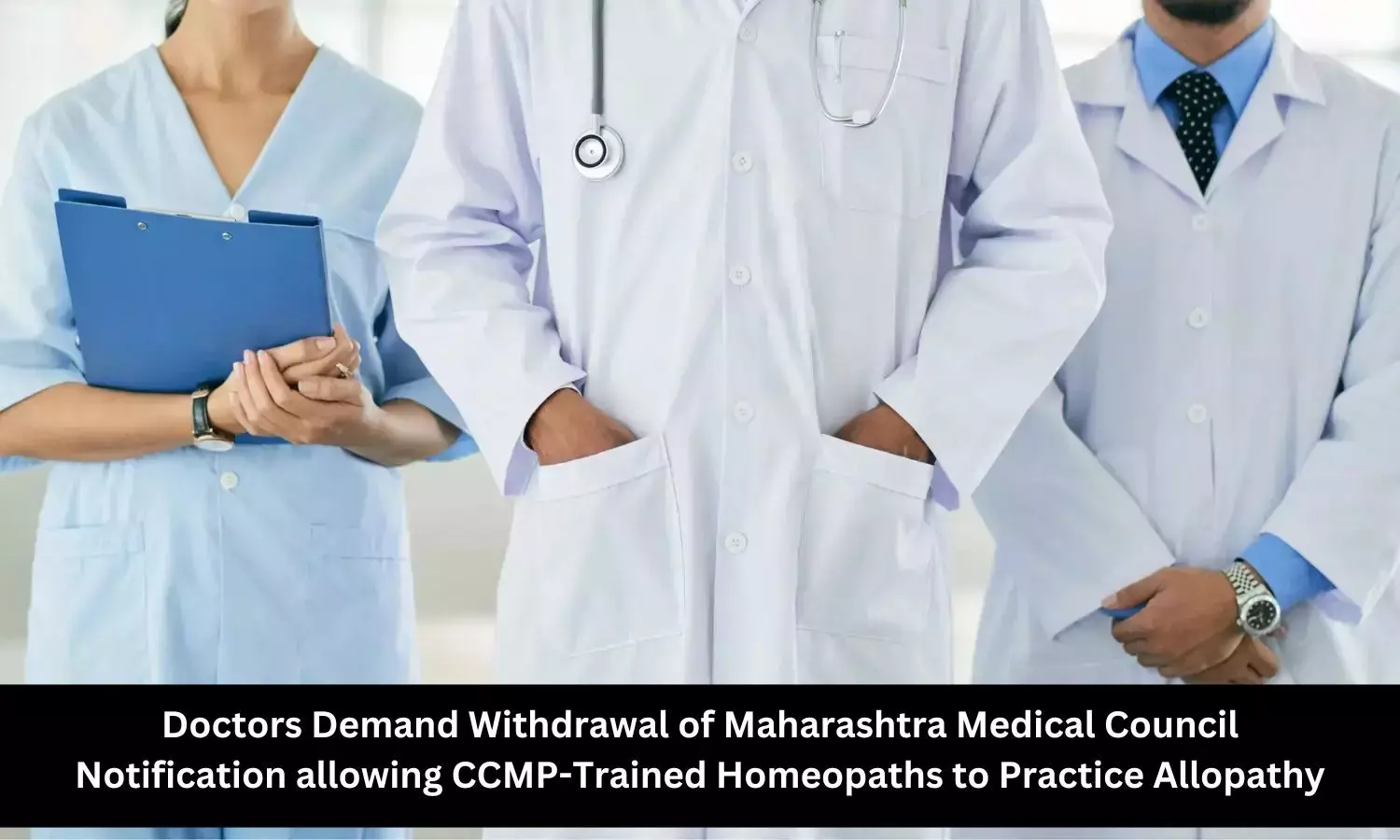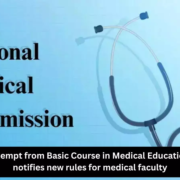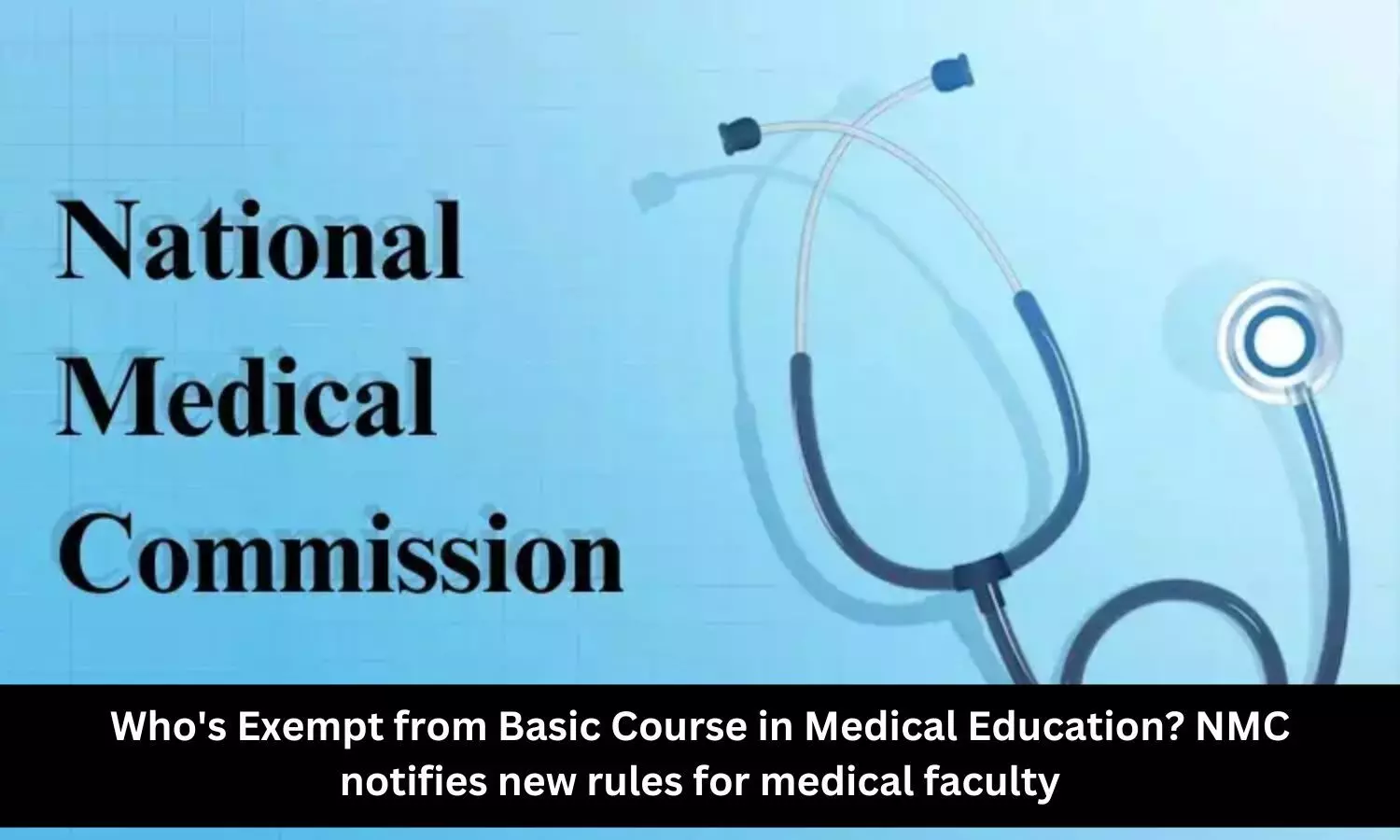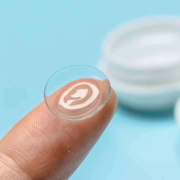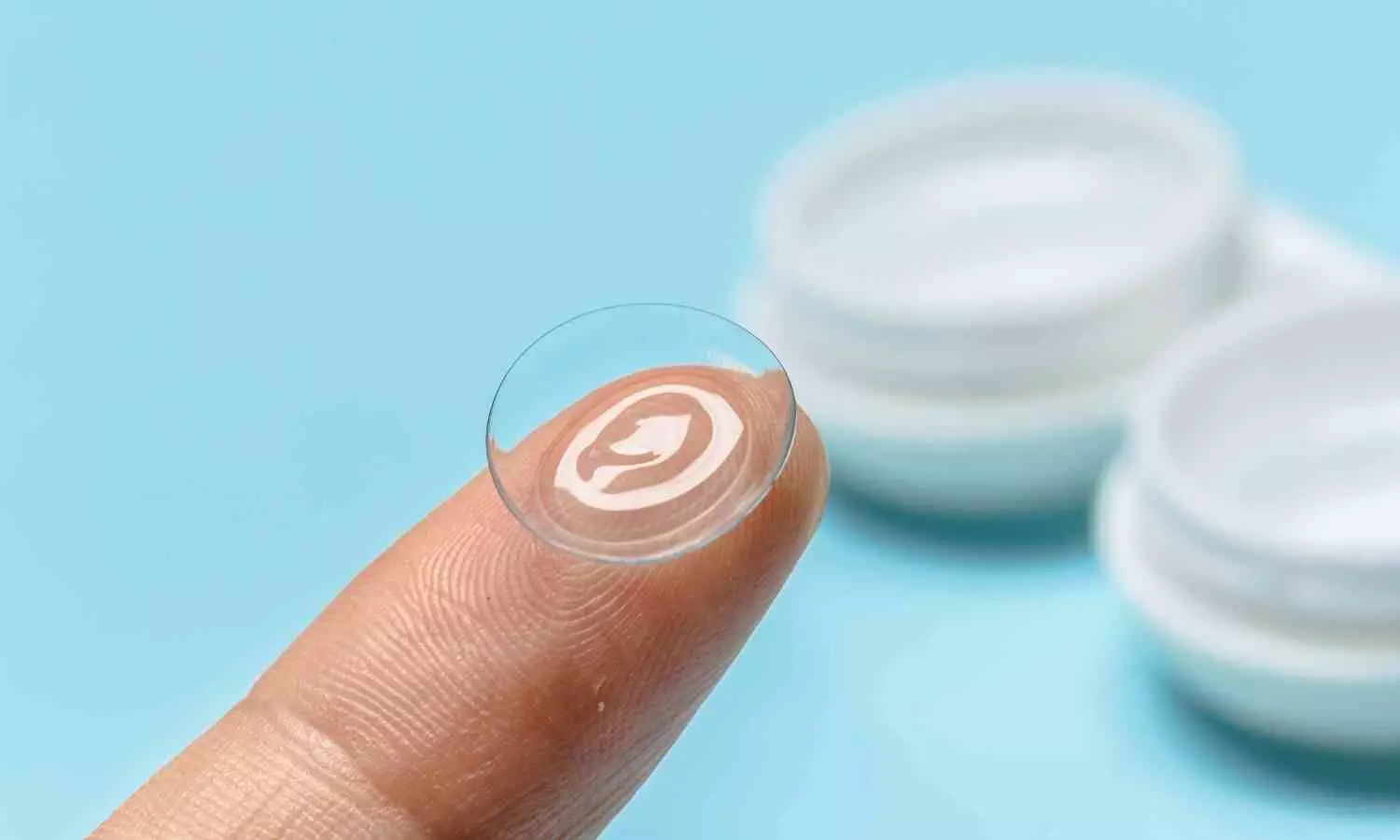Manipal Health Clinches Sahyadri Deal For Rs 6,400 Cr After Intense Bidding War: Report

New Delhi: Bringing an end to one of the most closely watched healthcare Merger and Acquisition (M&A) chases in India, the Manipal Health Enterprises, India’s second-largest hospital chain, has acquired Sahyadri Hospitals from Canada’s Ontario Teachers’ Pension Plan (OTPP) for Rs 6,400 crore, according to a recent Economic Times report. The deal strengthens Manipal’s footprint across Western India and pushes its national bed count to 12,000.
This move follows an aggressive bidding race involving Fortis, Aster DM Healthcare, and EQT. According to ET, Manipal outpaced its rivals after OTPP decided to divest its stake. The acquisition gives Manipal control of 11 hospitals in Maharashtra, including facilities in Pune, Nashik, Ahilya Nagar, and Karad, staffed by over 2,500 clinicians and 3,500 support personnel.
Medical Dialogues team had earlier reported that Manipal had emerged as the frontrunner to acquire Sahyadri Hospitals, with a commanding all-cash bid of Rs 6,838 crore (approximately USD 820 million). The offer placed Manipal ahead of prominent global and domestic contenders such as Blackstone, EQT Partners, IHH Healthcare-backed Fortis, KKR-backed Quality Care Hospitals, and Aster DM Healthcare.
Also Read: Manipal Outbids Blackstone, Fortis to Lead Race for Sahyadri Hospitals with Rs 6,838 Cr Offer
Quoting ET’s exclusive report, Ranjan Pai, Chairman, Manipal Education and Medical Group, said, “This acquisition will strengthen our presence in Western India, enabling us to extend world-class healthcare to more patients.”
Manipal’s expansion follows a recent $600 million debt infusion from KKR, aimed at fueling acquisitions and growth ahead of its expected IPO. The hospital chain had previously acquired AMRI Hospitals for Rs 2,400 crore in 2023 and Columbia Asia India for Rs 2,100 crore in 2021.
The deal also marks a significant return for OTPP, which acquired Sahyadri in August 2022 for Rs 2,500 crore. By exiting at Rs 6,400 crore, the Canadian pension giant has booked a 2.6x return on its investment in just under three years. As per ET, this implies a valuation multiple of 31x Sahyadri’s FY25 EBITDA of Rs 210 crore, a figure comparable to Apollo Hospitals’ 36x valuation.
OTPP’s senior India head, Deepak Dara, remarked, “We saw the potential to build on Sahyadri’s strong brand to create a regional healthcare leader.”
Adding further context, Rahul Mukim, Managing Director, Private Capital at OTPP, said, “Our partnership with Sahyadri… focused on unlocking long-term value—investing behind key specialties, expanding reach and building institutional processes.”
This acquisition comes as India’s private healthcare market experiences heightened deal activity, with operators like Manipal aiming to consolidate regional powerhouses under large national umbrellas. For OTPP, the deal caps a successful three-year engagement that began with a buyout from Everstone Capital, who had acquired Sahyadri from its founder, Dr Charudutt Apte, in 2019 for Rs 1,000 crore.
Powered by WPeMatico


